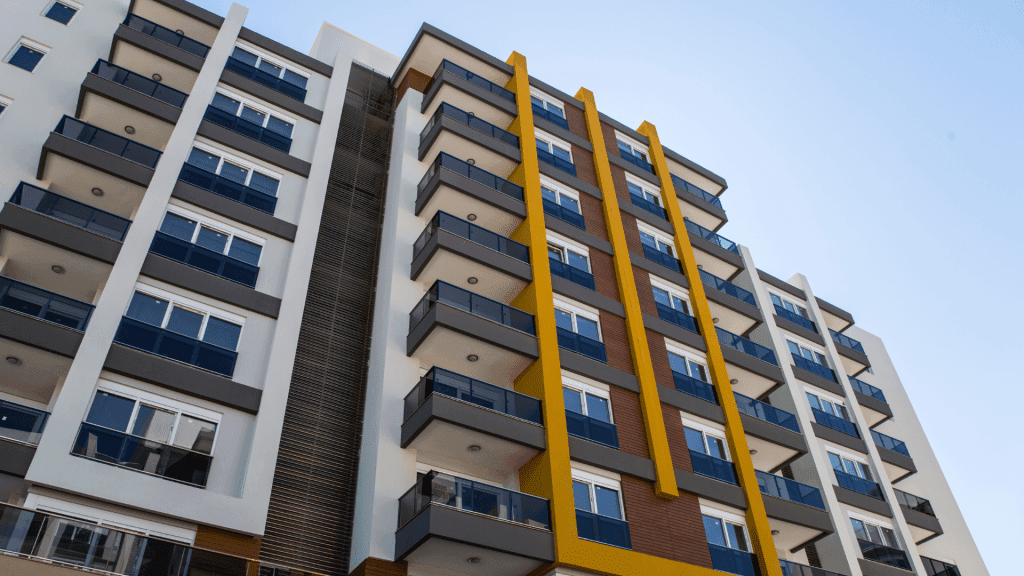Difference vs. Build to Sell promotions
In real estate, Build to Sell is a classic model in which the developer builds homes and then markets them individually. The profit margin is the difference between the total cost of the project and the selling price that buyers are willing to pay for each unit. In contrast, Build to Rent allocates all the homes to rent under a single management, so that the asset is revalued not by the sale, but by the obtaining of periodic rents and by the future appreciation of the property as a whole. The continuity of operation and the professionalization of management give the BTR a long-term vision that differs radically from the inventory turnover associated with the BTS.
Real estate assets with long-term profitability
Build to Rent represents an institutional investment in which, beyond the physical characteristics of the property – location, size, qualities –the determining factor is the stability of the income flow. The concept of a “profitable asset” implies understanding the residential complex as a source of recurring cash flow. Thanks to its professional and scalable nature, a BTR with efficient management minimizes income volatility and offers investors a real estate product aligned with the preferences of the fixed income and equity markets.

